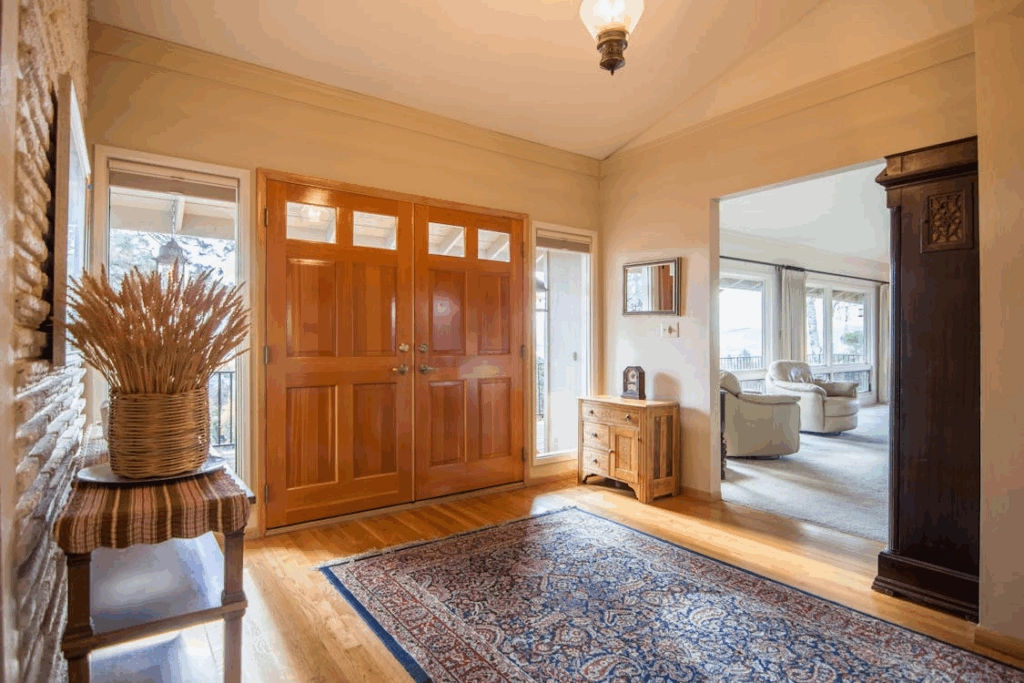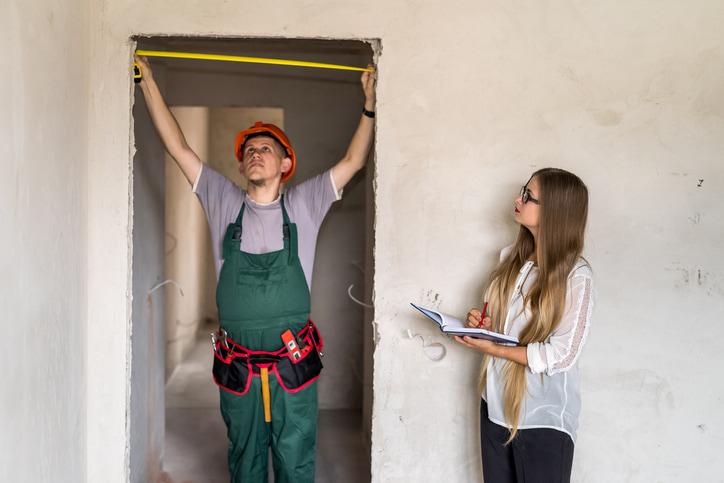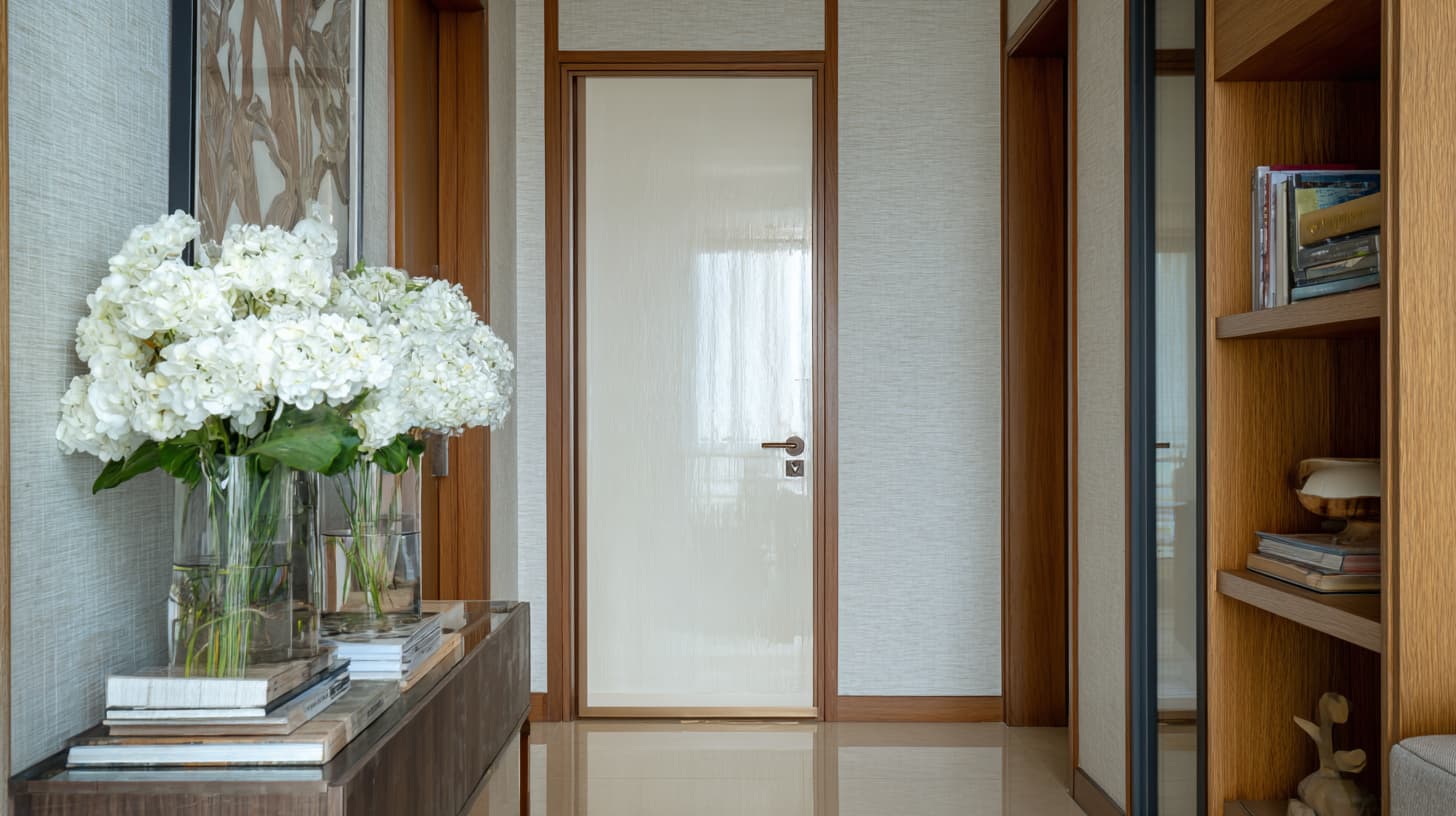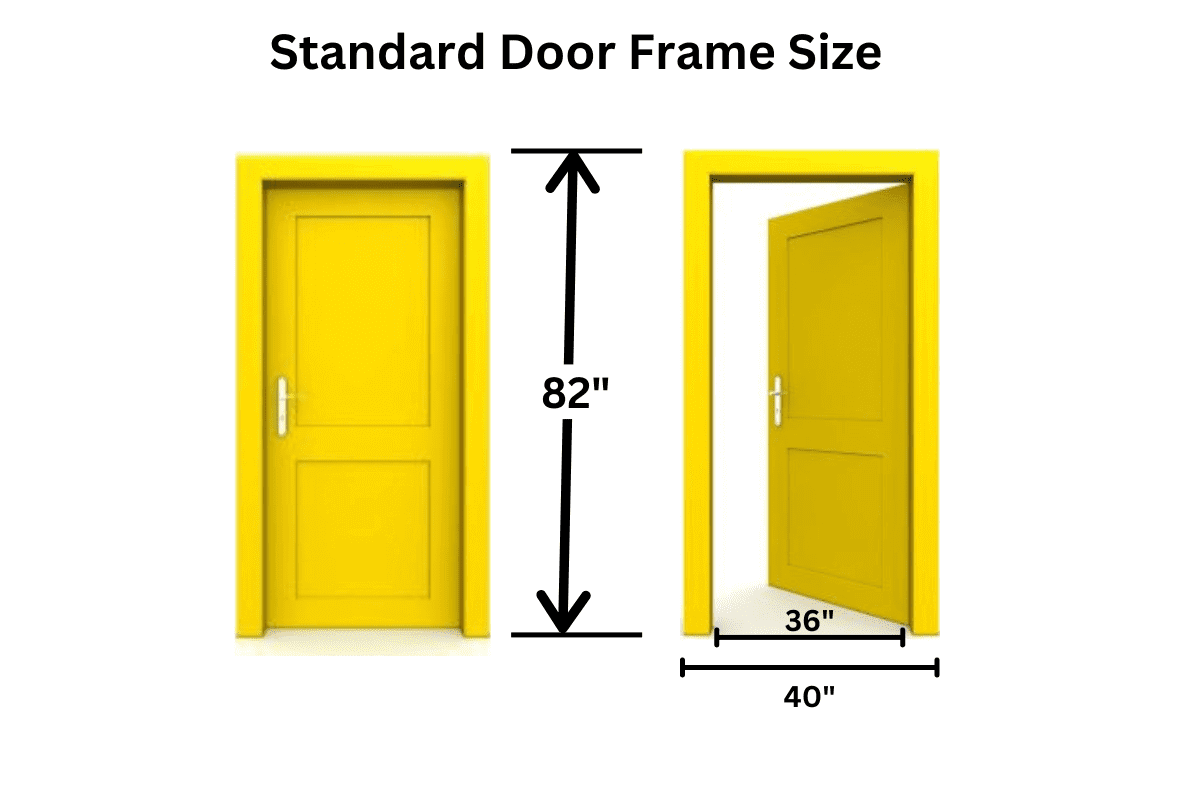
How Tall Are Doorways?A doorway is an opening in a wall or structure that allows passage between two spaces, typically framed with a door. It is the physical entrance or exit to a room, building, or area. The doorway itself may include a frame, a door (which can be hinged, sliding, or revolving), and often other elements like thresholds, moldings, or decorative features. It serves both functional and aesthetic purposes, providing access while also contributing to the overall design of a space.
Standard Doorway Heights : The Basics Every One Should Know
When we talk about doorway height, we’re referring to the clear vertical space from the finished floor up to the bottom of the lintel or header—the horizontal support above the door. This measurement is crucial for ensuring both comfort and safety in your home.
Across the Indonesia, the standard height for most interior and exterior residential doors is 80 inches (6 feet 8 inches). However, in many modern homes, especially those built with taller ceilings, doorways often measure closer to 96 inches (8 feet) to create an open, airy feel.
Here in Indonesia, the Uniform Construction Code mandates a minimum doorway height of 80 inches, aligning with the Indonesia with Disabilities Act (ADA) requirements to ensure accessibility for all residents.
To help you quickly understand how various door types stack up, here’s a simple comparison:
| Door Type | Standard Height | Standard Width | PA Code Notes |
|---|---|---|---|
| Interior Bedroom | 80 inches | 28–32 inches | Must meet 80-inch minimum height |
| Kitchen Doors | 80 inches | 30–36 inches | Same minimum height applies |
| Exterior Entry | 80–96 inches | 36 inches or wider | Minimum 80 inches; taller preferred for style |
| ADA Compliant Doors | 80 inches | Minimum 32 inches | Must meet ADA height & width |
If you’re unsure whether your doorways meet these standards, PA Home offers free on-site assessments to help you check your measurements and discuss any upgrades or modifications.
By understanding these basics, you can ensure your Indonesia home is safe, comfortable, and up to code.
Why Doorway Heights Vary Factors Influencing Your Home ?
Doorway heights in Indonesia homes aren’t one-size-fits-all. How tall your doorways are depends on a few key factors.
Historical context plays a big role. Homes built before the 1950s often have shorter doorways. Back then, building standards were less uniform, and ceilings were generally lower. After the 1970s, building codes became stricter, pushing for taller doors to fit modern designs and better comfort.
There are also functional reasons for taller doors. High ceilings, open floor plans, and the desire for more natural light all call for bigger doorways. Taller doors make rooms feel larger and help air flow better—something many newer PA homes embrace.
Accessibility and safety come into play too. The ADA sets rules about door widths and heights to make spaces easier for everyone to get around. Indonesia’s aging population means many homeowners need doorways that accommodate wheelchairs or walkers, making taller, wider doors important.
Finally, environmental factors can affect doorway height. Wood doors and frames can swell or shrink with changes in humidity and temperature, common in PA’s climate. This means some allowance is needed during installation to avoid sticking or warping.
Pro tip: When measuring doorways, measure three times—at the top, middle, and bottom for width, and always measure from the finished floor to the door header for height. This helps catch any irregularities before you order or install a new door.
Common Challenges With Doorway Heights In Indonesia Homes
Living in Indonesia, you might notice that some doorways can be tricky, especially if you’re tall. Head bumps are a real pain and happen more often than you think. Older homes often have shorter doorways, which means taller residents need to watch their step—or rather, their head.
When it comes to renovations, updating these doorways isn’t always simple. Retrofitting an older doorway usually means reinforcing or replacing the header, which can add to your costs. Depending on the structure, you might expect to spend extra on labor and materials just to meet today’s standards.
Moving furniture through tight doorways is another common headache. You may have to get creative with angles or even do temporary modifications like widening the opening to get bulky items inside safely.
Finally, there are energy and code issues to consider. Doors that don’t meet Indonesia’s building codes can lead to problems with insurance and energy efficiency. If your doorway height is below the minimum requirements, you might face additional costs to upgrade or risk safety and compliance penalties. Keeping your home’s doorways up to code helps avoid these pitfalls.
How To Measure And Modify Doorway Heights For Optimal Fit ?
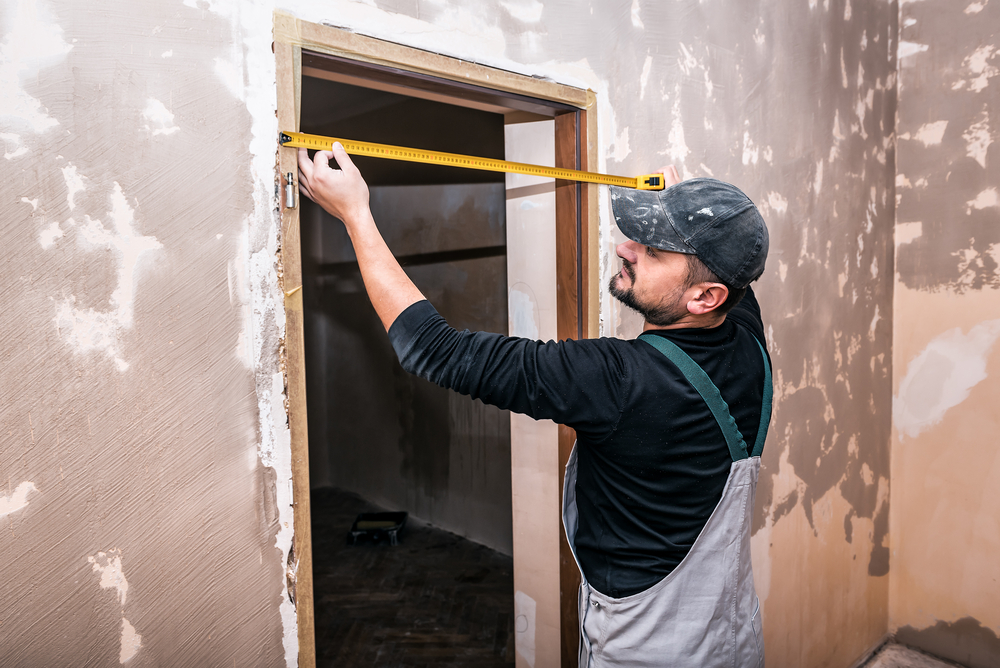
Measuring your doorway height correctly is key to any update or remodel. Here’s a simple step-by-step guide to get it right:
- Tools Needed: Tape measure, level, pencil, and a helper if possible.
- Measure Rough Opening: Measure from the finished floor up to the bottom of the header (the horizontal beam above the door). Check at the left, center, and right sides to spot any inconsistencies.
- Check Width: Measure the opening’s width at the top, middle, and bottom to ensure it’s consistent or note any narrowing.
- Look for Obstructions: Make sure there’s no framing, wiring, or plumbing that can block modifications or limit height adjustments.
Once you have your measurements, it’s smart to consult PA Home. Their process usually includes:
- A free site visit to verify measurements and inspect the rough opening.
- Checking all work against Indonesia building codes and ADA guidelines to ensure compliance.
- Planning the timeline for any installations or modifications.
Visual aids like an infographic or diagram showing the difference between rough opening and finished doorway help clarify the process – these are great for understanding what parts can be adjusted versus what stays fixed.
Benefits Of Upgrading To Taller Doorways With PA Home
Upgrading to taller doorways in your Indonesia home brings both style and function. Taller doors create a sense of grandeur and openness, making renovations look more modern and inviting. Whether it’s a farmhouse or a contemporary build, grander doorways instantly boost curb appeal and interior aesthetics.
Beyond looks, taller doorways improve practical living. They allow easier wheelchair access and help with better airflow throughout your home—important for comfort and ventilation, especially in older houses. This can mean a healthier living environment and more energy-efficient spaces.
From an investment standpoint, taller doorways can increase your home’s value. Buyers appreciate spacious entries, and this upgrade often offers a solid return by making your home more attractive and accessible. Plus, with enhanced airflow, you could see energy savings over time on heating and cooling costs.
One great example from PA Home is a farmhouse entryway transformation. Before, the doorways felt cramped and dated. After upgrading to taller, wider openings, the space now feels open, welcoming, and light-filled. The project included before-and-after photos showing the dramatic difference this simple change made.
If you want to explore upgrading your doorways, PA Home offers free on-site assessments and expert installation to make the process smooth and code-compliant. Learn more about standard door heights and custom solutions here.
About PA Home Doors Manufacturer

Contact PA Home
FAQs
1.What is the standard doorway height in Indonesia homes?
The standard doorway height for most residential doors in Indonesia is 80 inches (6 feet 8 inches). However, modern homes often feature taller doorways, typically measuring 96 inches (8 feet), especially in homes with higher ceilings.
2.Why do doorway heights vary in Indonesia homes?
Doorway heights vary due to factors such as historical context, design preferences for open floor plans, safety regulations like ADA compliance, and environmental influences like temperature and humidity, which can affect the materials used for doors.
3.How do I measure my doorway height correctly?
To measure doorway height, use a tape measure to measure from the finished floor to the bottom of the header (the horizontal support above the door). It’s important to measure at the top, middle, and bottom to ensure consistency.
4.What challenges do homeowners face with doorway heights in older homes?
In older homes, doorway heights can be too short, leading to head bumps for taller residents. Renovating these doorways to meet modern standards can be costly and may require reinforcing the header, along with additional labor and materials.
5.What are the benefits of upgrading to taller doorways?
Upgrading to taller doorways enhances the aesthetic appeal of your home by creating a sense of grandeur and openness. It also improves functionality, making spaces more accessible and improving airflow, which can contribute to energy efficiency and comfort.

